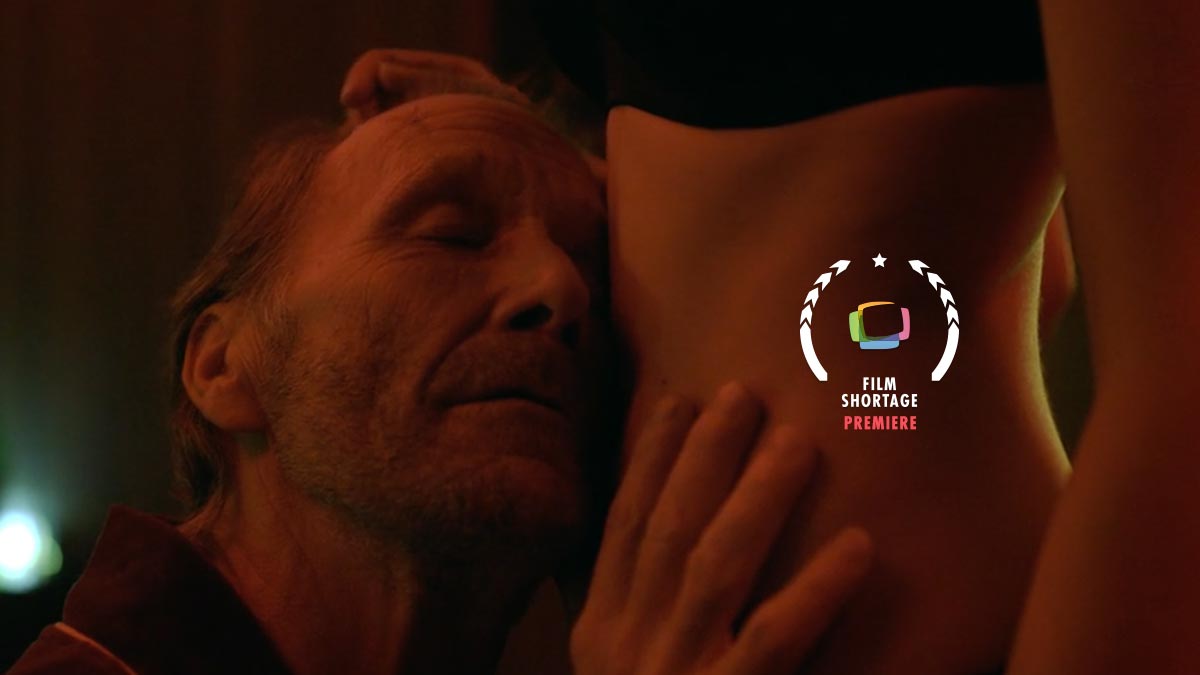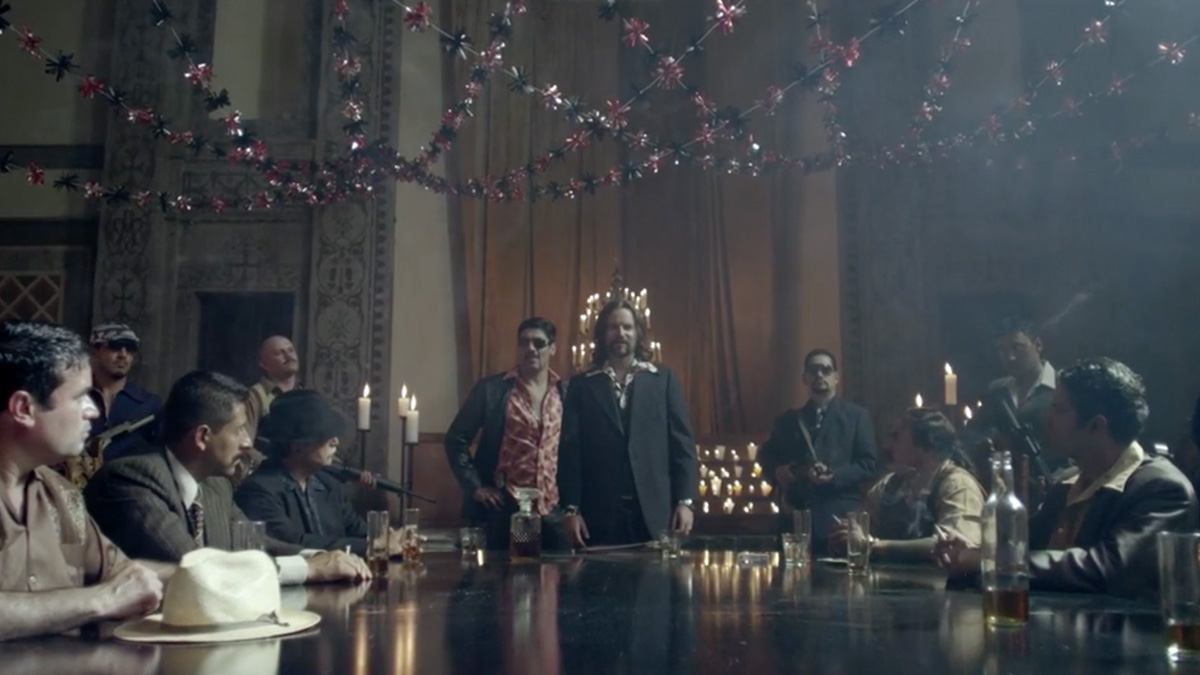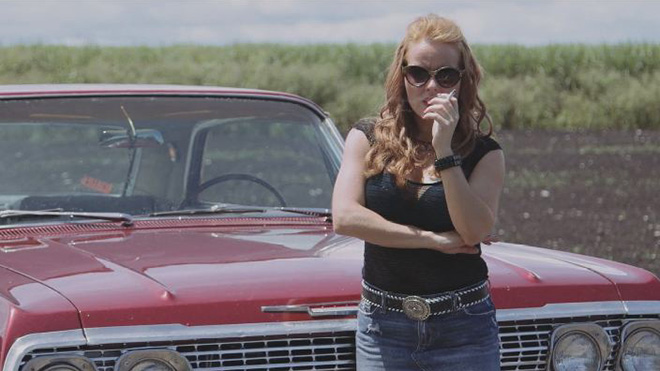A tormented blind man is one day visited by a sadistic childhood friend, igniting a disturbing journey of self-discovery
A delicately cruel little film. Blood Orange is a bizarre and twisted short by Australian director Mark Wills. The story has an easing progression that revolves around a blind man tormented by the mysterious disappearance of his dog. We are quickly ignited by a sad frame of a dead bird with clipped wings, covered by an imposing narration. While disturbing, our attention is promptly gained and quickly understand the deep rooted and morbid ride we are in for.
How Blood Orange came about
Blood Orange came about as more of a sort of tonal prelude to the types of films I wanted to explore. At the time when I wrote it, the Producer Sharath Ravishankar and I were thinking about taking a break from commercials content to dive into something more creative. For us, making a short film was the perfect vehicle to explore this side of ourselves. At the same time, we had this production company that we were involved in that was able to help fund it as a sort of side passion project. We knew it was a little crazy shooting a short film on 35mm. We also knew that taking a risk was something that we needed to do at that time in our lives. Short films that were shot on 35mm were virtually unheard of, so that was an attractive calling card for us.
On top of this, we managed to muster what I think were some of Australia’s best up and coming talent both in front of the camera and behind it. From our Cinematographer Kieran Fowler to our Production designer Lee Launay, right down through to our core production team in our First AD James Fraser, and our key onscreen talent Rahel Romahn and Matt Levett. It was so important that we had great talent to rely on because the stakes suddenly become a lot higher when you’re shooting on film and only have a certain amount of rolls to work with. People need to be on the ball and really bring their A-game.
The main goal of the short
Overall, I think I wanted to present something that steered away from the social or political topics on the world climate and showcase a film that was a little different; something that just sucked you into its own world with tone and atmosphere. It was important to me that Blood Orange elicited a certain mood and feeling before it elicited meaning, which typically speaking might be an unusual way to approach a short. Thematically, I’ve always just been really fascinated with making things people might find unusual or strange, beautiful; the overlapping clash that happens when darkness, beauty, comedy, and violence are juxtaposed to form one absurd, singular idea. With Blood Orange, I wanted to explore these themes in a really visceral way; the contrast between beautiful depth in the visuals and the actual content of what is being conveyed to the audience.
For us, the main goal of the short has always been to deliver something that is above all else, a fun experience. On the backend, I’m looking to start expanding into longer-form content. Blood Orange was meant to be a kind of appetizer to the world before we begin serving the main menu. I’ve got a few more shorts coming and a feature on the horizon; I’m definitely looking to continue examining these sorts of themes and push it further into future work.
A particular look
Obviously Blood Orange gets its particular look from the 35mm film. But it’s the production quality all around the camera as Mark mentions that brings the film to another level. We were particularly struck by the level of quality in all the supporting aspects, attention to details. From the characters to costumes and set design, all create a fantastic vision to support this twisted story.
Mark had extensive talks with Cinematographer Kieran Fowler about 35mm and different types of stocks they were going to use. According to Mark, the ‘film look’ is essentially the color of our memory. He says “I wanted Blood Orange to appear as this sort of warped story lost in time, a dark fairytale”. They fortunately saved up saved up enough to finance the film stock, developing, and scanning costs. Something that allowed them to really get their vision across the way they wanted to show it.
Cinematographer Kieran Fowler on the equipment used on Blood Orange
We shot Blood Orange on 35mm film, only using Kodak Vision 3 5219 500T stock. This is probably my favorite stock, especially when paired with Anamorphic, as I love seeing more of the grain that the higher 4 perf resolution tends to take away. We used both ARRI 435 and LT cameras, the LT for scenes when we needed to record sound and the 435 as a second camera body I could have configured ahead of time on car, crane or Steadicam rigs to save time.
For exteriors I didn’t want to overcorrect the stock to full 5600º and rather I used an 81EF filter to go halfway, to have a cooler exterior feel. I would also do this on a lot of day interiors, with my night work usually without correction. I did use different levels of low con filters throughout the shoot to lift the blacks subtly. The vision that Mark and I talked about was to create this timeless, nostalgic texture to the images, almost William Eggleston esque in our approach. We wanted to create this unsettling feeling within the seemingly ordinary.




